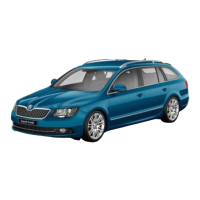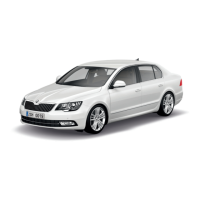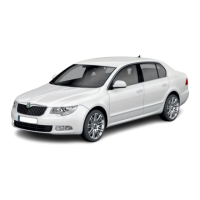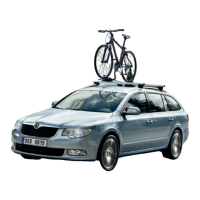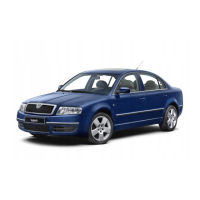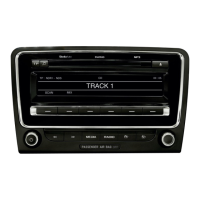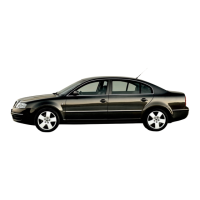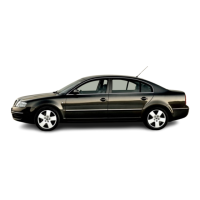Fuses and light bulbs
Fuses
Introduction
Fig. 339
Blown fuse
Individual electrical circuits are protected by fuses. A blown fuse is recognisa-
ble by the molten metal strip » fig. 339
/
.
WARNING
Always read and observe the warning notes before completing any work in
the engine compartment » page 258.
CAUTION
■
Replace the faulty fuse with a new one of the same amperage.
■
If a newly inserted fuse blows after a short time, then seek the assistance of
a specialist garage.
■
Do “not repair” the fuses and do not replace them with stronger ones - it can
cause a fire and could damage parts of the electrical system.
Notice
■
We recommend always carrying replacement fuses in the vehicle.
■
There can be several power consuming devices for one fuse. Multiple fuses
may exist for a single power consuming device.
Fuses in the dashboard - LHD
Fig. 340
Storage compartment on the
driver's side
Read and observe and on page 284 first.
The fuse box is located behind the storage compartment on the driver's side.
Replacing fuses
›
Remove the ignition key, turn off the light and all electrical consumers.
›
Open the storage compartment on the driver's side.
›
Hold the stacker laterally in the region
A
and open by pulling in the direction
of arrow
1
(A greater force is required to open) » fig. 340.
›
Remove the plastic clip under the cover of the fuse box in the engine com-
partment » fig. 344 on page 287.
›
Use the clip to pull out the faulty fuse and then insert a new fuse.
›
Stow away the clamp in the original position.
›
Close the compartment by pressing in arrow direction
2
until you hear it
click.
284
Do-it-yourself
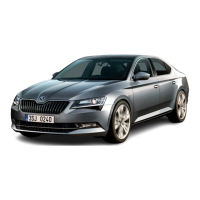
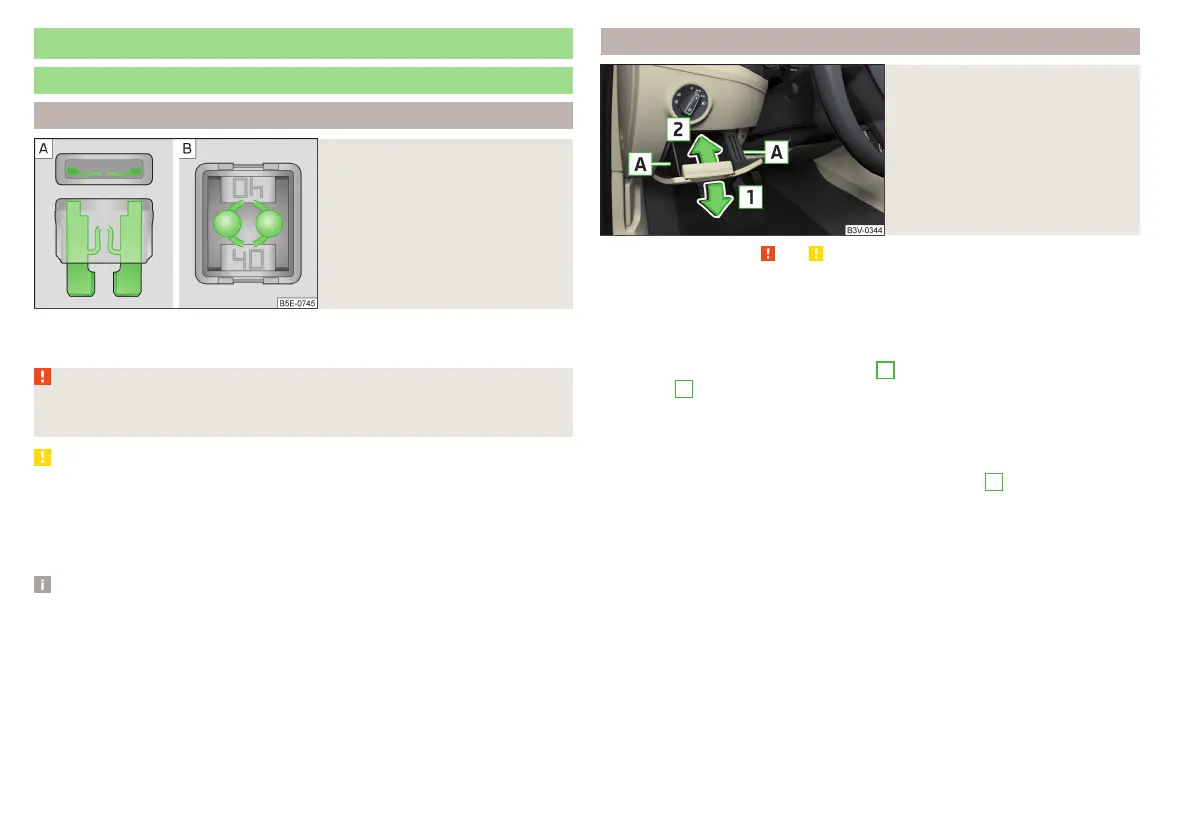